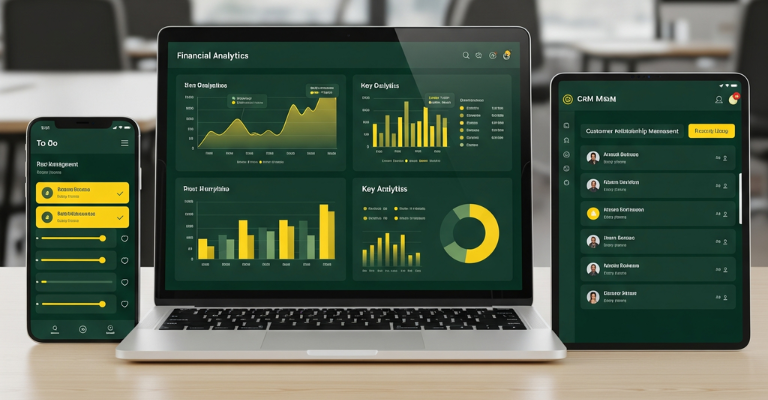
Building or updating software can feel overwhelming. What features really matter now? In 2025, users expect more than just basic functions. They want software that’s smart, secure, and works seamlessly. This isn’t about chasing every new trend; it’s about focusing on what will genuinely improve your product and help your users.
In a recent interview, Google’s CEO Sundar Pichai said, “AI is going to be bigger than the internet.” This highlights the urgency of integrating AI. Without it, you can’t compete in the long run.
The software landscape is changing fast. The market is crowded, and a new product has to stand out to succeed. A few years ago, a good idea and a basic app were enough. Today, users expect a higher standard. They are used to software that personalizes content for them, protects their data at all costs, and follows them across every device they use.
If a new app feels static or outdated, people will quickly lose interest. Ignoring these user expectations can lead to low engagement, high user churn, and losing ground to competitors. To build a product that lasts, you have to think about these core features from the very beginning.
This is a strategic choice. A good team can help you build an app that feels modern and meets these expectations.
Need a team that understands what it takes to build a modern app?
Based on our research, these are the product features that will be crucial for successful software in 2025:
Generic software is a thing of the past. Users expect applications to understand their individual needs and preferences. This is where AI makes a huge difference.
This kind of personalization makes the software more relevant and useful for each person.
Want to integrate these smart AI features?
With the increase in online threats, strong security is non-negotiable. Users demand that their data is protected. A single data breach can ruin a company’s reputation and lead to losing user trust for good.
Building strong security into your software from day one is essential for user trust.
Flexibility and customization are key for modern software. Low-code/no-code platforms allow businesses and even non-technical users to extend the functionality of their software without extensive coding.
This feature gives your software more flexibility and makes it useful for a wider range of people.
Users now work across multiple devices – smartphones, tablets, laptops. Software that offers seamless synchronization of data and content across these platforms provides a smoother and more convenient experience.
This feature is no longer a luxury—it’s a baseline expectation.
Interacting with software should be intuitive. Voice and gesture controls are evolving rapidly and offer new, natural ways for users to engage with applications.
It’s clear that these features are important. But how do you start?
The future of successful software in 2025 hinges on its ability to be intelligent, secure, flexible, and easy to use. By focusing on these core features, you can build products that stand out in a competitive market. When planning your next software project, prioritize these areas to ensure you are building for the needs of today’s and tomorrow’s users.